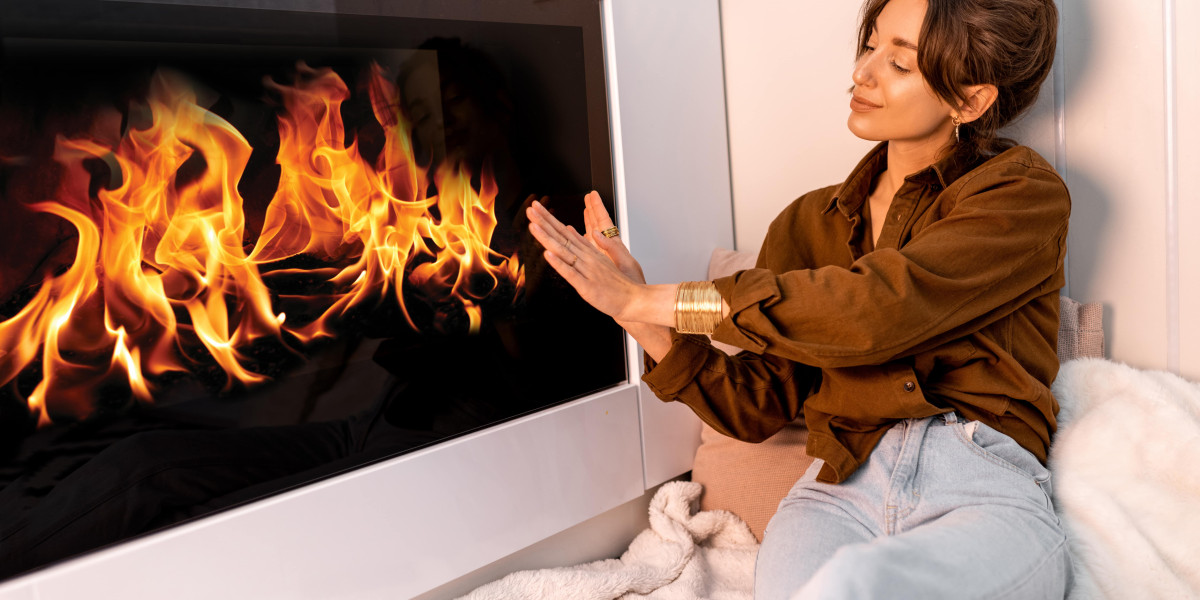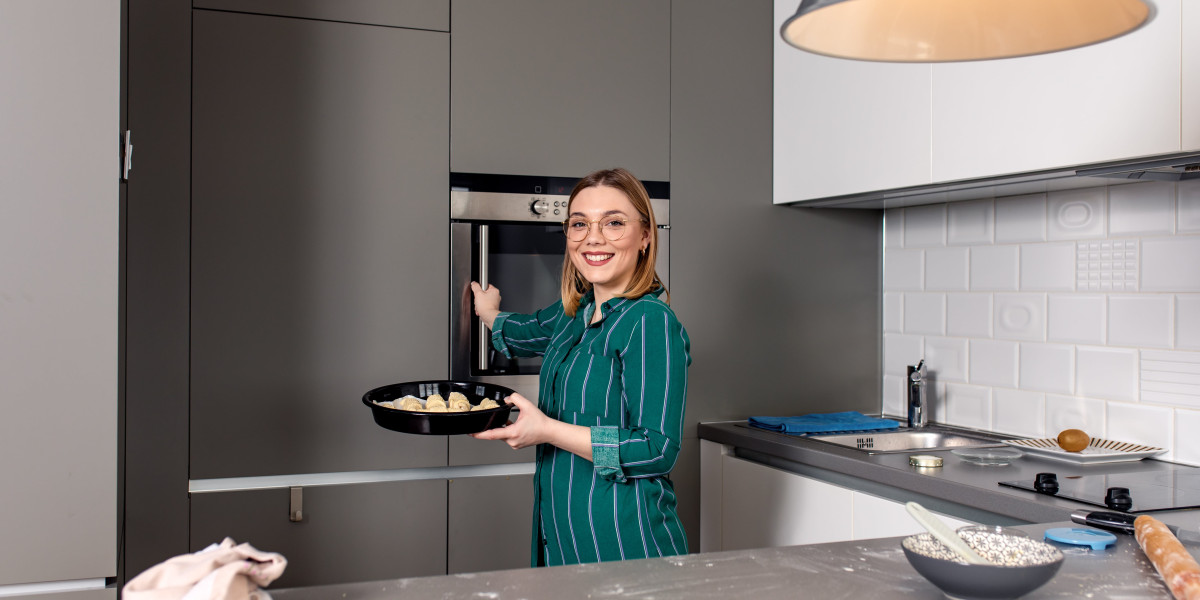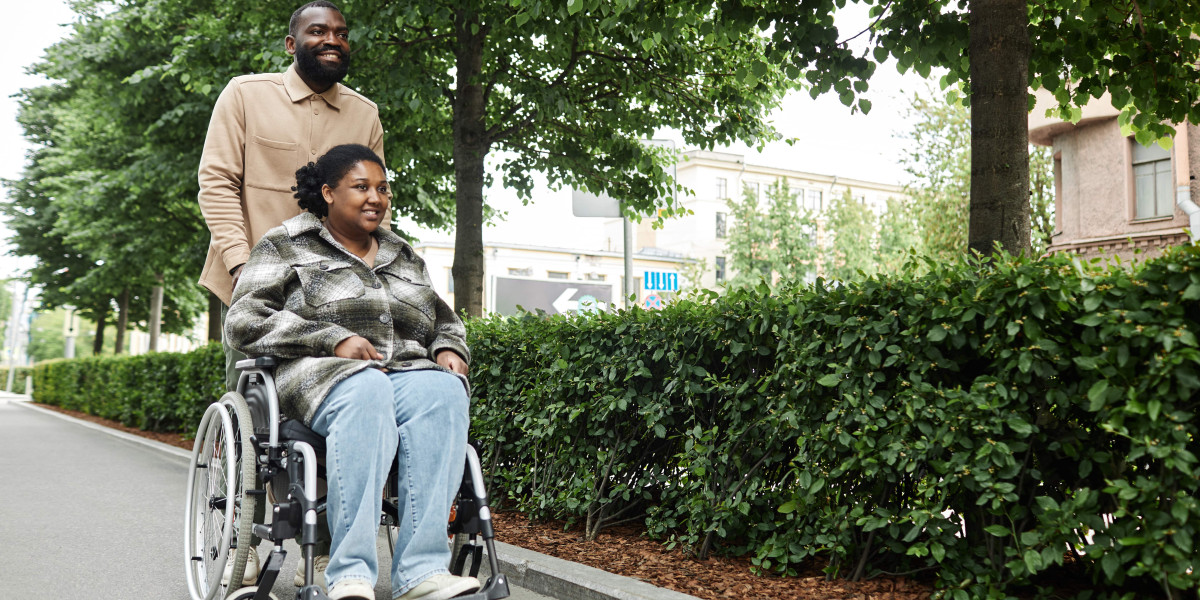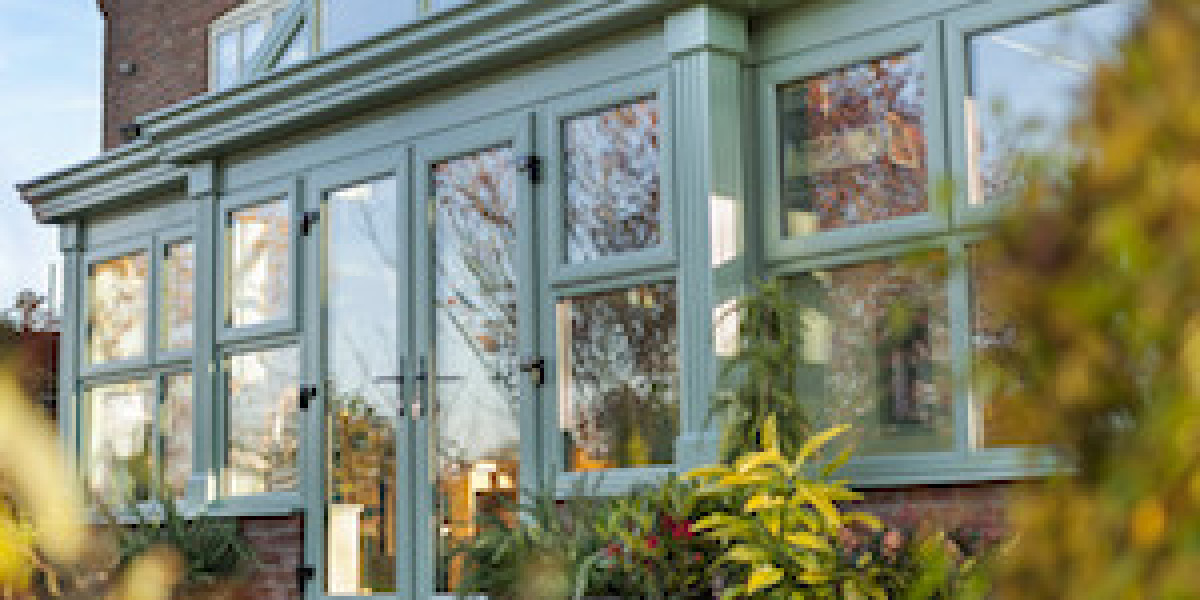Wood stoves, unlike traditional open fireplaces, are designed to use wood for combustion. This enables them to comply with stricter emission standards.
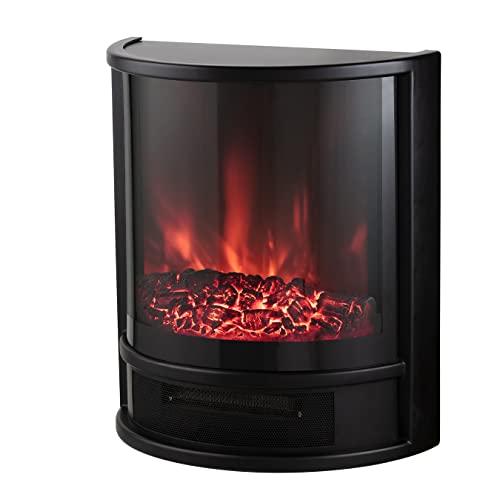 Wood burning stoves are renowned for their glowing yellow flames, cozy crackling sounds and that primal sensation of warmth. However the smoke they release includes carbon monoxide and harmful air pollutants such as benzene, formaldehyde and polycyclic aromatic hydrocarbons.
Wood burning stoves are renowned for their glowing yellow flames, cozy crackling sounds and that primal sensation of warmth. However the smoke they release includes carbon monoxide and harmful air pollutants such as benzene, formaldehyde and polycyclic aromatic hydrocarbons.Efficient
Wood-burning stoves and fireplaces are not only beautiful, but also extremely efficient. A high-quality wood burner can have an Ecodesign rating of up to 77%. With the increasing cost of energy, it is essential to ensure that you are getting the maximum value from your log stove The good news is that this is much simpler than ever!
One of the main factors that determines the effectiveness of a wood-burning stove can be is the water content of the wood. This is why we suggest only using seasoned wood that has been dried for a minimum of one year, and often two years. The more dry the wood more dry, the better it burns. This results in less smoke, and less harmful emissions.
Another advantage of a wood-burning stove is that it's an eco-friendly source of fuel, which is great for the environment. In addition, by buying locally-sourced firewood, you are helping to promote the management of woodlands which is a good thing for wildlife.
As far as maintenance is concerned, the primary requirement of a wood burner is to scoop up and dispose of the ash. It can be a bit of a hassle, but it is worth it to ensure you get the most heat from every log. Additionally that if you wait a couple of days until the ashes completely cool they can be used as a non-toxic and eco-friendly ice melt. They can be used to polish jewelry and absorb odors.
A fireplace made of wood is a timeless classic. Although they are less popular than gas fireplaces, the appeal and ambiance of a roaring fire cannot be ignored. They're ideal for cozying with on cold winter nights and are a perfect way to create an inviting and warm space in the heart of your home. Make sure you invest in a high-quality wood stove and you'll start benefiting for many years to be! Our chimney sweeps are on hand to assist you in getting the most value from your stove - give us a call now to find out more.
Low Carbon
Wood burners that burn cleanly and efficiently are the most efficient option to save money while keeping your home warm. Additionally, they can also assist in the local woodland management. It's a great way of supporting the wildlife that lives in your local environment.
If properly maintained wood-burning stoves and fireplaces emit very little pollution when they are operated with seasoned and dry firewood. However, when they are not maintained well or using wood of poor quality, the smoke produced by them can contain fine particles (known as particulate pollution) which can cause irritation to the lung and other organs. It also contains carbon monoxide and toxic air pollutants such as benzene, formaldehyde and polycyclic aromatic hydrocarbons. Inhaling these types of air pollution could cause irritation to the lung as well as wheezing, coughing, and asthma attacks and may even lead to serious health issues such as cancer, heart disease, or premature death.
Some people fear that using a wood-burning stove will contribute to climate change, but this is not necessarily the case. Burning wood is a carbon neutral energy source. Through the life of a tree, it absorbs carbon dioxide, and when it is burnt, the carbon dioxide absorbed is released back into the atmosphere.
The wood is produced locally, which reduces the amount of pollution produced during the transport process. It is also important to select top quality, seasoned hardwoods as these will provide an extended and even burning time than softwoods.
Modern, EPA certified wood stoves and heaters (such as those made by Charlton & Jenrick) have considerably lower emissions than earlier stoves. They have been tested and certified to meet the 2020 EPA standards which are much more strict than previous emissions limits.
To prevent a build-up of exhaust in your home, fireplacesandstoves.Uk all wood burning stoves should be vented fully to the outside. All of our DEFRA-exempt and clean burn stoves can create very clear exhaust by keeping the flames at a distance from the logs of wood and using dry and seasoned firewood.
A wood-burning stove that has an acatalytic converter or hybrid unit could provide the most efficient low-carbon option for heating. These units ignite the particulates and gases from the initial combustion in a subsequent stage by mixing them with superheated air. The remaining gases and particulates are transferred to a catalytic unit to create a final and third combustion. This further reduces emissions to levels well below government standards.
Clean Burn
Cleanburn wood stoves are designed to burn fuel with the best efficiency that is achievable. This results in the release of a small amount of particles into the air when burning wood. The stove's air management system controls the intake and venting of gases, ensuring the combustion process takes place in a sealed, controlled atmosphere. It also regulates the flame height to minimise emissions and maximise the heat output.
This means that your chimney and surrounding area will be much cleaner than older stoves. Particulate matter, also known as particle pollution, from wood that is not properly burned can cause respiratory issues, such as wheezing and coughing, and contribute to heart diseases and stroke, diabetes and other serious illnesses. Wood burning is also a contributor to poor air quality in cities.
Smoke from poorly combusted timber is a source of fine particulate pollutants as well as harmful air pollutants such as carbon monoxide and other hazardous air pollutants like nitrogen oxides as well as volatile organic compounds (VOCs), benzene, and formaldehyde. These particles can get into the lungs, as well as other organs causing discomfort, harm, and even death. Airborne dust can also harm the surfaces in your home and create the impression of a rough surface to rooms.
When you are using a fireplace that is wood-burning, it's important to only use high-quality firewood that has been seasoned and dried. Hardwoods like oak, ash, and beech are the best for heating. Hardwoods have a high density and BTU content and they offer more heat than softwoods.
Check with your local authorities to determine whether they have rules concerning wood burning. These could include nuisance/odor regulations and visible emissions, or the opacity limit for smoke.
It is crucial to keep the glass of a stove with an open front that is free of deposits and dirt. You can make use of a dry towel or oven cleaner spray to do this. You can also add bicarbonate soda mixed with water to the glass.
Regular maintenance is essential for your chimney and stove. Regular chimney cleanings are necessary to eliminate creosote, and ensure that the flue is operating correctly. Be sure to note dates for regular inspections in your diary, as this will allow you to avoid expensive repairs and prolong the longevity of your wood burner.
Low Maintenance
Wood burning fireplaces are popular because they offer natural warmth. This type of fireplace requires a bit of maintenance and upkeep. The chimney, flue, and stove can all be the cause of house fires if not maintained and cleaned regularly. These fireplaces also provide heat in the event of a power outage, particularly during winter storms, when branches of trees may fall and power lines can be damaged.
Utilizing a wood burner to heat your home will reduce your carbon footprint considerably in comparison to other fossil fuel sources like gas. Modern wood stoves, inserts, and fireplaces are built to meet EPA standards (Environmental Protection Agency), which means they produce very little emissions. The more well-seasoned the wood is the more efficient it will be which means you'll burn less to generate the same amount of heat.
Fireplaces require some care and maintenance. They must be kept clear of materials that ignite and have a screen installed. Cleaning the grate of ash and debris will help air flow and prevent the fire from dying out too quickly and keep your indoors clean. It is recommended that your stove and chimney cleaned at least twice per year to avoid creosote accumulation, which can be a dangerous fire hazard and a blockage that can hinder circulation.
A wood-burning stove has to be tended constantly and it can take a while for a beginner homeowner to master the art of how to ignite, light and maintain a steady fire in the fireplace. Once you've mastered the art of lighting, your wood burning stove will be a source for warmth and comfort within your home.
Wood-burning fireplaces have been around in a variety of forms for nearly 500 years, and they've regained popularity because of their energy efficiency and sustainability, as well as the natural warmth and smell of real wood. Talk to your local Regency dealer about the advantages of wood stoves or inserts for your home if you're planning to purchase an entirely new heater.
